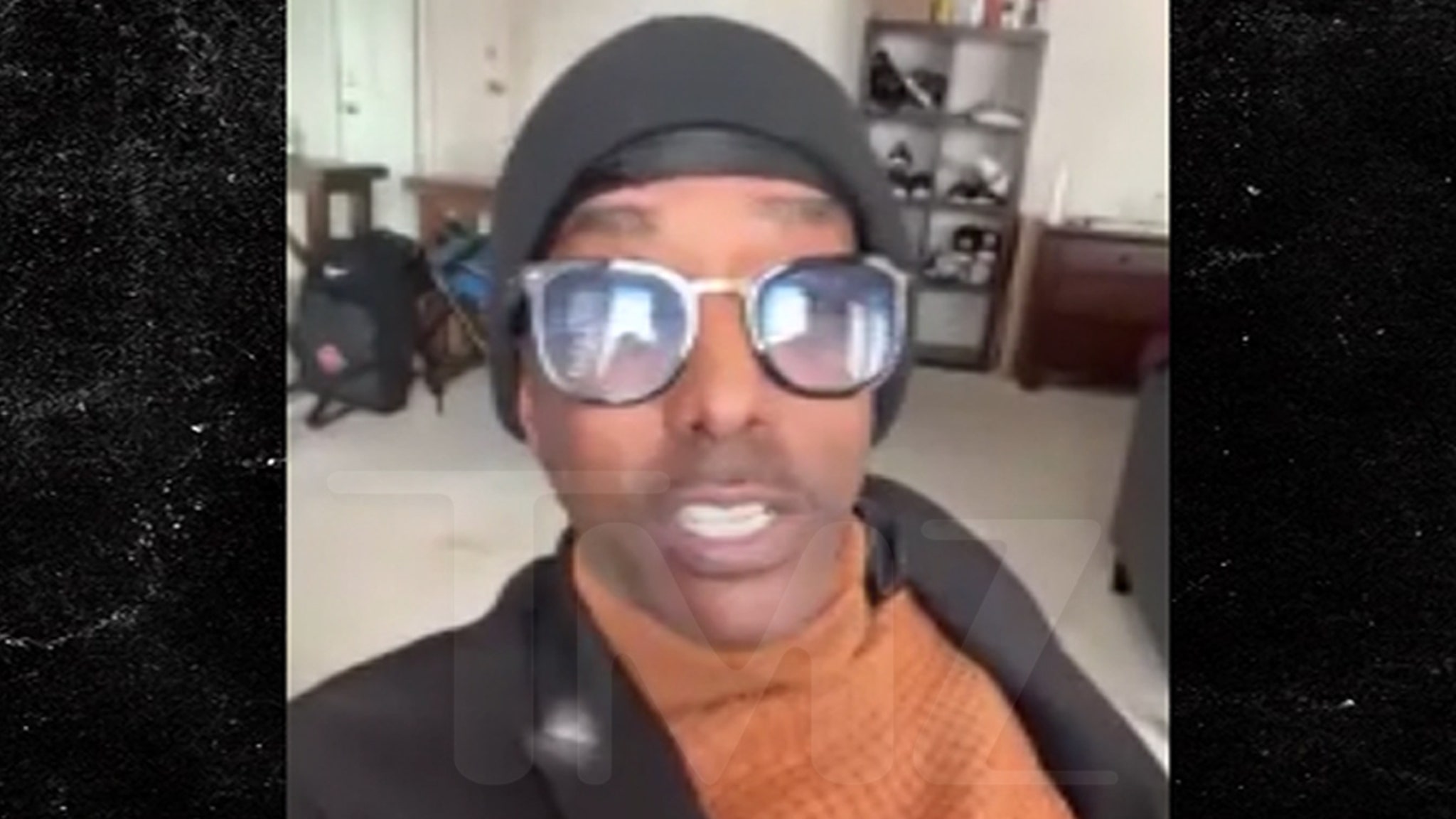Products You May Like
Miguel A. Núñez Jr., known for his role in the 2002 film “Juwanna Mann,” recently addressed the distinct standards that Black actors face when wearing dresses for roles, compared to their white counterparts. Published on January 29, 2025, this conversation centers around a broader societal issue regarding the acceptance of men, particularly from different racial backgrounds, in drag or feminine attire within the entertainment industry.
In an interaction with media outlets, Núñez expressed his feelings about Black actors, such as himself and fellow comedians Martin Lawrence and Jamie Foxx, being criticized or facing backlash when they don dresses for comedic roles. Conversely, white actors like Robin Williams and Dustin Hoffman, who have also performed in drag, tend to receive accolades and little criticism for similar choices.
Núñez acknowledged Martin Lawrence’s comfort in wearing dresses on-screen, suggesting that it doesn’t affect a man’s masculinity. He echoed this sentiment, underscoring that many white actors often take on such roles without facing severe judgment or questioning of their manhood. For example, Robin Williams’s role in “Mrs. Doubtfire” and Dustin Hoffman’s in “Tootsie” are highlighted as instances where their drag performances went relatively unchallenged, receiving praise instead.
The actor emphasized that when Black men engage in similar performances, it is frequently condemned as emasculating, which he finds perplexing. Núñez encourages viewing these roles through a comedic lens rather than one of gender identity or masculinity. He posits that those who react negatively to Black men performing in drag may need to reflect on their own biases, arguing that it’s often more about the responder’s issues than the performance itself.
Furthermore, he contrasted this stark difference in perceptions across racial lines, stating that Black comedians who venture into drag often incite a more emotive reaction from audiences, which seems disproportionate when weighed against the applause white actors receive. He referenced historical figures in comedy, such as Richard Pryor, to reinforce his point about the longstanding dynamics of humor and race in Hollywood.
The overarching conclusion from Núñez’s discussion is a recognition of the double standards that persist in how men in drag are treated in Hollywood. He advocates for a more accepting view that allows Black men, and indeed all actors, the freedom to explore roles without being labeled negatively for their choices in costume, asserting that comedy should be a space for expression devoid of racial bias. Thus, Núñez concludes that it’s perfectly acceptable for Black actors to embrace roles that involve wearing dresses, framing it as a matter of comedy rather than a questioning of their masculinity.
